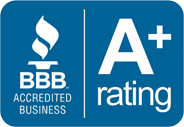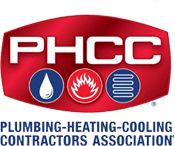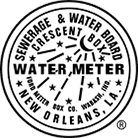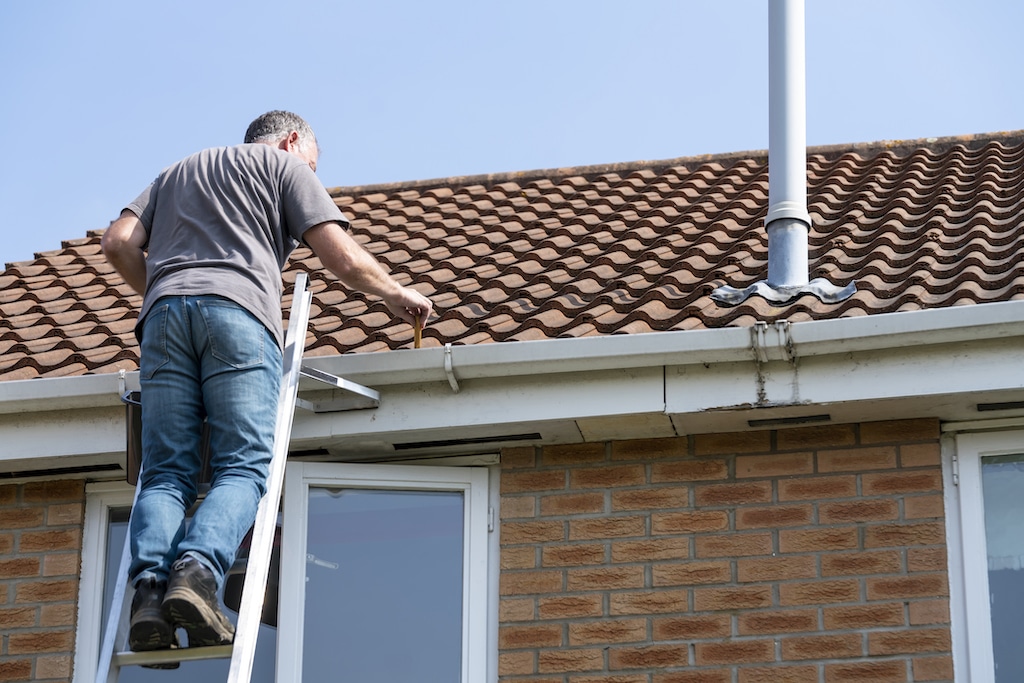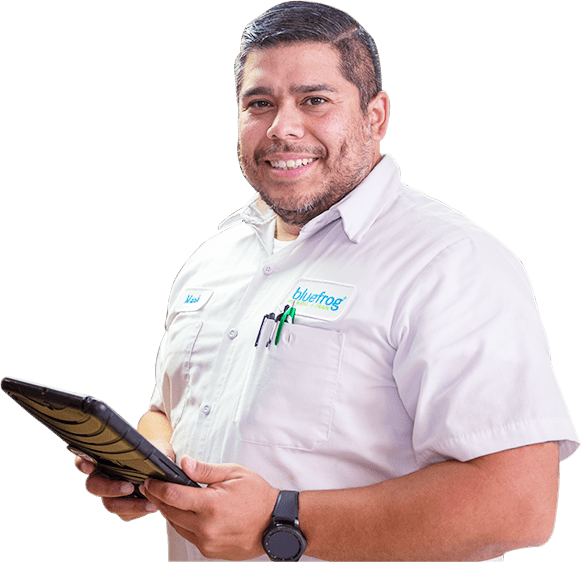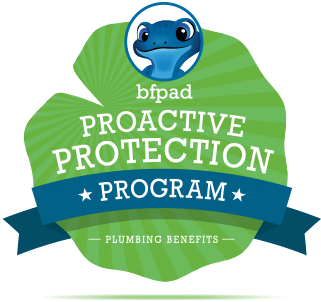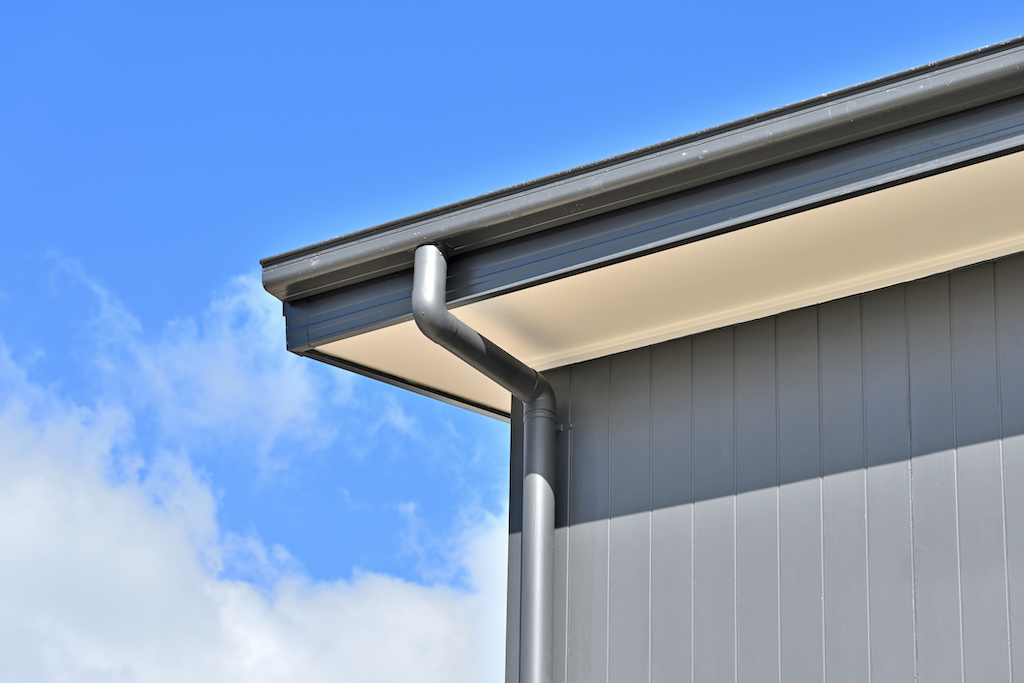
Effortless Roof Drain Solutions: Protect Your Home
Have you ever noticed water pooling on your roof after a heavy rainstorm and wondered how to prevent potential damage to your home?
If so, you’re not alone. Many homeowners face this challenge, especially those in areas prone to heavy rainfall. The solution lies in an often overlooked aspect of home maintenance: the roof drain.
In this article, we will dive deep into the world of roof ducts, exploring their importance, types, and how they can save your home from water damage. We’ll cover everything from the basics of what a roof gutter is to advanced installation techniques and maintenance tips.
Whether you’re a new homeowner or looking to upgrade your existing drainage system, this guide will provide you with all the information you need to make informed decisions about protecting your home.
Also read: A Professional Plumber Casts Light On Sewer Cleanouts In Residential Properties
What is a Roof Drain?
A roof drain is an integral component of a building’s roofing system, specifically engineered to channel water away from flat or nearly flat roofs. This mechanism is vital in preventing pooling and subsequent water damage, which can compromise the structural integrity of your home.
Unlike pitched roofs, which rely on gravity to direct water off the roof through gutters and downspouts, flat roofs require a more strategic approach to water management. This is where roof ducts come into play, serving as the frontline defense against water accumulation.
These systems are not one-size-fits-all; they are designed to cater to the specific needs of a building, taking into account the roof’s size, design, and the typical rainfall it encounters.
The primary goal of a roof gutter is to quickly and efficiently remove water from the roof’s surface, directing it into the building’s drainage system or away from the foundation to avoid any potential damage. This is achieved through a combination of drain bodies, strainers, and piping, which work together to ensure water is evacuated from the roof as quickly as possible.
The importance of roof gutters extends beyond just preventing water pooling. They also play a crucial role in protecting the roof’s membrane, reducing the risk of leaks, and preventing structural damage caused by the weight of standing water.
Additionally, proper roof drain installation and maintenance can significantly extend the lifespan of your roof, making it a wise investment for any homeowner.
Incorporating roof gutter pipes into your home’s roofing system is not merely a precaution; it’s a necessity for maintaining a safe and dry living environment.
Whether you’re constructing a new home or retrofitting an existing one, understanding the function and benefits of roof drains is essential.
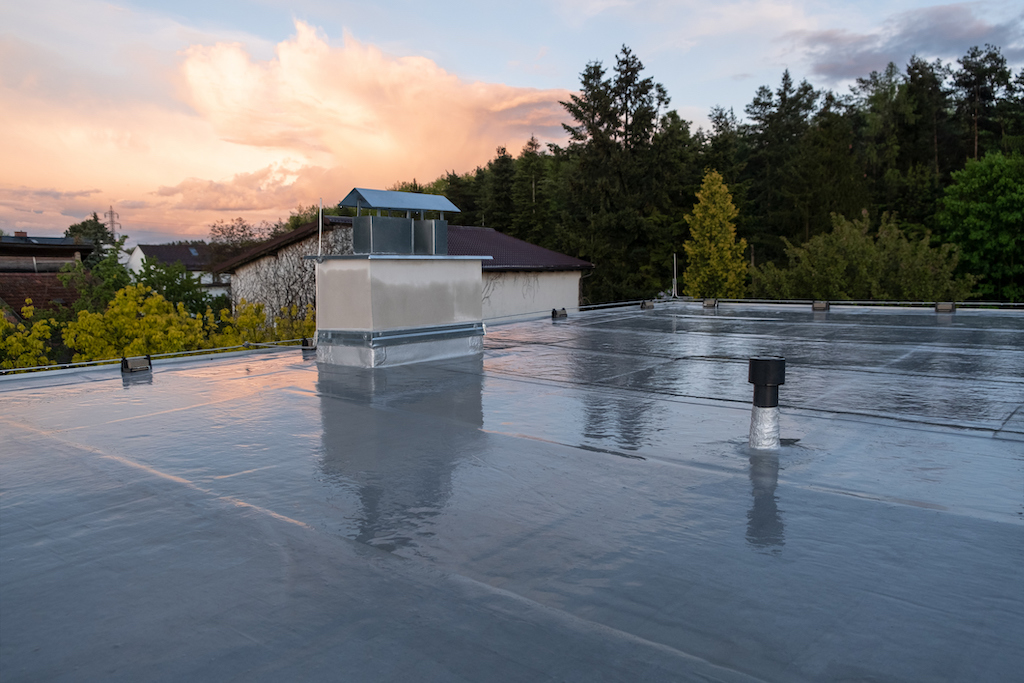
Photo By Roman Mykhalchuk at iStock
Understanding the Basics of Roof Drains
Roof drains play a pivotal role in the overall health and longevity of residential properties, especially those with flat or low-slope roofs. These systems are designed not just as a measure of convenience but as a critical component in protecting structures from the potentially devastating effects of water damage.
Understanding the basics of how roof ducts work and their fundamental purpose is essential for any homeowner looking to maintain or improve their property’s resilience against the elements.
The primary purpose of roof ducts is to collect and redirect water off the roof, thereby preventing pooling and stagnation that can lead to leaks, structural damage, and a host of other moisture-related problems.
In essence, roof ducts serve as a safeguard, ensuring that rainwater and melting snow are efficiently channeled away from the building. This protection is crucial, as water accumulation can compromise the structural integrity of the roof, leading to costly repairs and, in severe cases, complete roof replacement.
Roof ducts are particularly important in areas prone to heavy rainfall or snowfall, where the volume of water or melting snow can quickly overwhelm a roof’s capacity to shed water naturally.
By providing a controlled path for this water to exit the roof, these drainage systems help maintain the building’s structural health and prevent the deterioration of roofing materials over time.
How Roof Drains Work
The mechanics behind roof gutters are relatively straightforward yet ingeniously effective.
A typical roof duct system consists of several components, including the drain body, strainer, and associated piping.
The drain body is installed at strategic points on the roof, usually at the lowest spots where water is most likely to collect. These locations are determined by the roof’s design and slope, ensuring maximum efficiency in water collection.
Once collected, water passes through a strainer or grate, which prevents debris, leaves, and other materials from entering the drainage system. This is a crucial feature, as blockages can quickly render a roof duct system ineffective.
From the strainer, water flows into a series of pipes that direct it away from the building, either into a dedicated drainage system or directly into the ground away from the foundation.
The effectiveness of a roof drain system relies heavily on proper installation and maintenance. The system must be designed to handle the maximum expected volume of water without overflowing, and it must be regularly inspected and cleaned to ensure that it remains free of blockages.
Additionally, the materials used in the construction of roof gutters and associated piping must be durable and resistant to corrosion to withstand the elements and the chemical composition of rainwater.
Understanding the basics of roof ducts is the first step in ensuring your home is protected from water damage. These systems, through their simple yet effective design, play a crucial role in maintaining the structural integrity of residential properties, especially in climates where heavy rainfall or snow is common.
By ensuring efficient water management on your roof, you can prevent a multitude of problems associated with water accumulation, safeguarding your home for years to come.
Types of Roof Drains
Understanding the different types of roof drains is crucial for selecting the right system for your home.
Each type is designed to meet specific roofing systems and requirements, ensuring effective water management and protection against water damage. Let’s explore the main categories of roof ducts and how they cater to various needs.
Inner Drains
Inner drains are installed at specific points within the roof’s surface, usually in areas where water is most likely to collect. These drains are connected directly to the building’s internal plumbing system, allowing water to be channeled away from the roof and discharged at a safe distance from the foundation.
Inner drains are ideal for buildings in urban areas where space constraints might limit external water discharge options.
They are often accompanied by a strainer on top to prevent debris from entering the drainage system, ensuring a smooth flow of water.
Scuppers
Scuppers are openings cut into the roof’s edge or parapet wall, designed to let water drain off the side of the building.
They are particularly effective for flat roofs with a slight pitch, allowing gravity to direct water out and away from the structure.
Scuppers can be used in conjunction with downspouts to further guide the water to a specific discharge area, minimizing the risk of water damage to the building’s exterior walls and foundation.
Downspouts
Downspouts are vertical pipes that connect to scuppers or gutter systems, directing water from the roof to the ground. They are an essential component of roof duct systems, especially in areas prone to heavy rainfall.
Downspouts ensure that water is channeled away from the building’s foundation, preventing erosion and water infiltration into basements or crawl spaces.
Gutter Systems
While not a roof duct in the traditional sense, gutter systems play a complementary role in managing roof runoff. Gutters collect water from the roof’s edge and direct it to downspouts, which then discharge the water away from the building.
Gutter systems are particularly useful in pitched roof designs but can also be adapted for flat roofs to enhance water management.
Choosing the Right Type
Selecting the right type of roof gutter involves considering several factors, including the roof’s design, the average rainfall in your area, and the specific water management needs of your property.
It’s also important to consider the maintenance requirements of each type of drain, as regular cleaning and inspection are vital to ensure their effectiveness and longevity.
Incorporating the right roof duct pipes into your roofing system is not just about preventing water pooling; it’s about safeguarding your home against the long-term effects of water damage.
By understanding the different types of roof ducts available, you can make an informed decision that meets your home’s specific needs, ensuring a dry and damage-free living environment.
Also read: How An Emergency Plumber Helps You Quickly Address Plumbing Issues Anytime
Benefits of a Well-Designed Roof Drain System
A well-designed roof duct system is an indispensable component of any building, offering numerous benefits that extend far beyond simply removing water from your roof.
Investing in a high-quality system can lead to significant savings and advantages in the long term, from protecting the structural integrity of your property to enhancing the safety and comfort of your living environment.
Let’s explore these benefits in more detail.
Protection Against Water Damage
The primary function of a roof drain system is to prevent water accumulation on your roof, which can lead to leaks, mold growth, and structural damage over time.
By efficiently channeling water away from the roof, a well-designed system:
Prevents Leaks: By ensuring that water doesn’t pool on the roof, the risk of water seeping through the roofing material and causing leaks inside the building is significantly reduced.
Reduces Structural Stress: Water is heavy, and its weight can strain the roof structure. Removing water promptly helps maintain the structural integrity of the building.
Minimizes Mold and Mildew Growth: Standing water can create a breeding ground for mold and mildew, which can affect the air quality inside your home. A good drainage system helps keep the roof dry and prevents these issues.
Enhanced Safety and Comfort
A roof drain system contributes to the overall safety and comfort of your home in several ways:
Prevents Ice Dams: In colder climates, proper drainage is essential to prevent the formation of ice dams, which can cause damage to the roof and pose a risk to people and property below.
Improves Indoor Air Quality: By preventing mold and mildew growth, a roof duct system helps ensure healthier indoor air quality.
Reduces Risk of Slip and Fall Accidents: By efficiently managing roof runoff, the system minimizes the risk of water pooling around walkways and entrances, reducing slip and fall hazards.
Long-Term Cost Savings
Investing in a quality roof drain system can lead to substantial cost savings over time:
Extends Roof Lifespan: By preventing water damage, the lifespan of your roof and its components is significantly extended, saving you money on premature repairs or replacement.
Lowers Maintenance Costs: A well-designed system is easier to maintain and less likely to experience blockages or damage, reducing the need for costly repairs.
Increases Property Value: A home with a robust, well-maintained roof duct system is more attractive to potential buyers, potentially increasing your property’s resale value.
Environmental Benefits
A good roof drain system can also have positive environmental impacts:
Reduces Stormwater Runoff: By managing the water that flows off your roof, you can minimize the impact on local stormwater systems and contribute to reducing urban flooding.
Supports Rainwater Harvesting: Some systems can be designed to channel water into rainwater harvesting systems, allowing you to reuse water for landscaping or other non-potable uses, conserving water resources.
How to Select the Right Roof Gutter System for Your Home
Choosing the appropriate roof drain for your home is a critical decision that impacts the effectiveness of your roof’s water management system.
With various types of roof drains available, each suited to different scenarios, understanding the nuances of these options, along with considerations for materials, durability, and size, is essential.
This guide will help you navigate these choices to ensure your home is equipped with the most efficient roof drainage solution.
Materials and Durability
The durability of a roof drain system is largely determined by the materials used in its construction.
Common materials include:
- PVC and Plastic: Lightweight and corrosion-resistant, these materials are suitable for areas with moderate rainfall but may not withstand extreme weather conditions.
- Metal (Aluminum, Steel, Copper): Metal drains offer superior durability and longevity, with copper and stainless steel providing the highest level of corrosion resistance. These materials are ideal for areas subject to heavy rainfall or snow.
When selecting a roof drain, consider the environmental conditions it will need to withstand and choose a material that offers the right balance of durability and cost-effectiveness.
Size and Capacity Considerations
The size and capacity of your roof drain are crucial factors that determine its effectiveness. To select the right size, consider:
- Roof Size: Larger roofs will collect more water and require drains with greater capacity to prevent overflow.
- Average Rainfall: Areas with high rainfall volumes need larger or more numerous drains to manage water effectively.
- Local Building Codes: Always check local regulations to ensure your drainage system complies with any specific requirements regarding size and capacity.
Selecting the right roof drain involves careful consideration of the types available, the materials they are made from, and their size and capacity.
By understanding these factors, homeowners can make informed decisions that ensure their property is protected from water damage, maintaining the structural integrity and longevity of their home.
Photo By Alphotographic at iStock
Installation Tips for Maximum Efficiency
Installing a roof duct system efficiently is crucial for ensuring it functions correctly and protects your home from water damage.
Whether you’re considering a professional installation or a DIY approach, understanding the pros and cons of each option, along with a basic overview of the installation process, can help you make the best decision for your home.
Professional Installation vs. DIY
Professional Installation Pros:
- Expertise and Experience: Professionals bring years of experience and specialized knowledge, ensuring the installation is done correctly.
- Time-Saving: Hiring a professional can significantly reduce the time it takes to install the system, as they come equipped with the necessary tools and skills.
- Warranty and Reliability: Many professional installations come with a warranty, offering peace of mind and protection against potential issues.
Professional Installation Cons:
- Cost: The primary downside is the cost, as professional services can be significantly more expensive than doing it yourself.
DIY Installation Pros:
- Cost-Effective: The most apparent advantage of DIY installation is the savings on labor costs.
- Personal Satisfaction: Completing the installation yourself can provide a sense of accomplishment and personal involvement in your home’s maintenance.
DIY Installation Cons:
- Risk of Mistakes: Without the proper knowledge and experience, there’s a higher risk of errors, which can lead to leaks or inadequate drainage.
- Time-Consuming: DIY projects can take much longer, especially if you’re learning as you go.
Step-by-Step Installation Guide
While a comprehensive guide would depend on the specific type of roof drain system you’re installing, here’s a general overview of the steps involved:
Planning and Design
Assess your roof’s layout to determine the optimal placement for drains, considering factors like the roof’s slope and areas prone to water accumulation.
Gathering Materials
Choose the appropriate materials based on durability, compatibility with your roof, and local climate conditions.
Preparation
Prepare the roof surface, ensuring it’s clean and free of debris. Mark the locations where drains will be installed.
Installation of Drain Bodies
Cut openings in the roof at the marked locations, install the drain bodies, and secure them in place, ensuring they’re level and properly aligned with the roof’s slope.
Connecting Piping
Attach the piping to the drain bodies, ensuring a secure fit and proper routing to direct water away from the building.
Testing
Once installed, test the system with water to check for leaks and ensure proper drainage.
Final Inspection and Cleanup
Conduct a final inspection to ensure everything is installed correctly and clean up any debris or tools from the installation process.
Choosing between professional installation and DIY for your roof drain system depends on your budget, skills, and the complexity of the installation.
Regardless of the route you choose, following a structured approach and understanding the basic steps involved are key to ensuring your roof duct system is installed efficiently and functions effectively to protect your home from water damage.
Maintenance Tips and Troubleshooting of Roof Ducts
Maintaining your roof duct system is crucial for ensuring it continues to protect your home from water damage effectively. Regular maintenance can prevent common issues such as clogs or leaks, which can compromise the system’s efficiency.
Here’s how to keep your roof ducts in top condition and troubleshoot any problems that may arise.
Regular Maintenance Tips
Scheduled Cleaning
To prevent blockages, clean your roof ducts at least twice a year, ideally in the spring and fall. This involves removing debris, leaves, and dirt that can accumulate and clog the system.
Inspection Routine
Conduct thorough inspections of your roof ducts, including the drain bodies, strainers, and connected piping, every six months. Look for signs of wear, damage, or corrosion that could affect the system’s performance.
Check for Proper Flow
During heavy rain, observe how well water is flowing through the system. Slow drainage could indicate a blockage or an issue with the system’s design that needs addressing.
Ensure Downspouts Are Clear
Downspouts are a critical part of the drainage system, directing water away from your home’s foundation. Make sure they are not blocked and are discharging water correctly.
Professional Assessment:
Consider having a professional inspect your roof duct system every few years to ensure it is in optimal condition and to identify any potential issues that may not be visible to the untrained eye.
How to Troubleshoot For Common Issues
Clogs
The most common issue with roof drains is clogging caused by debris, leaves, or even bird nests.
If water is pooling on your roof or draining slowly, check the drain strainer and pipe for blockages. Clearing the debris should restore proper flow.
Leaks
Leaks can occur if the drain assembly is damaged or if the seal between the drain and the roof surface has deteriorated.
Inspect the area around the drain for signs of moisture or water damage. Repairs may involve resealing the drain or replacing damaged components.
Overflow
An overflow can happen if the drain is not sized correctly for the roof or if a sudden, heavy downpour exceeds the system’s capacity. If overflow is a recurrent problem, consider installing additional drains or consulting with a professional to assess the system’s design.
Odor
Sometimes, a foul odor can emanate from roof ducts, indicating stagnant water or debris buildup within the system. Regular cleaning and ensuring proper water flow can usually address this issue.
Regular maintenance and timely troubleshooting are key to ensuring the longevity and efficiency of your roof duct system.
By adhering to a consistent cleaning and inspection schedule and addressing any issues promptly, you can prevent common problems and ensure your roof dct continues to protect your home from water damage effectively.
Advanced Considerations for Roof Drain Systems
As homeowners seek to enhance the efficiency and longevity of their roof drain systems, understanding the impact of advanced technologies and environmental changes is crucial.
Innovative roof drain technologies offer improved performance and sustainability, while the evolving climate necessitates adjustments in design and installation practices.
Let’s explore these advanced considerations to ensure your roof drain system is equipped to meet current and future challenges.
Innovative Roof Drain Technologies
Smart Drainage Solutions
The integration of smart technology into roof duct systems is a significant advancement. These systems can monitor rainfall in real time and adjust drainage capacity based on the intensity of the downpour, reducing the risk of overflow and water damage.
Eco-Friendly Materials
The market now offers roof ducts made from recycled materials and designed for greater environmental sustainability. These eco-friendly options do not compromise on durability or efficiency, making them an excellent choice for green building practices.
Improved Strainer Designs:
Innovations in strainer technology help prevent clogs more effectively, ensuring consistent water flow even in areas with heavy leaf fall or debris. Some models feature self-cleaning mechanisms, reducing maintenance requirements.
Temperature-Responsive Materials:
Some modern roof ducts are made with materials that adapt to temperature changes, expanding in hot weather and contracting in cold. This reduces the risk of cracking and leakage, extending the lifespan of the drainage system.
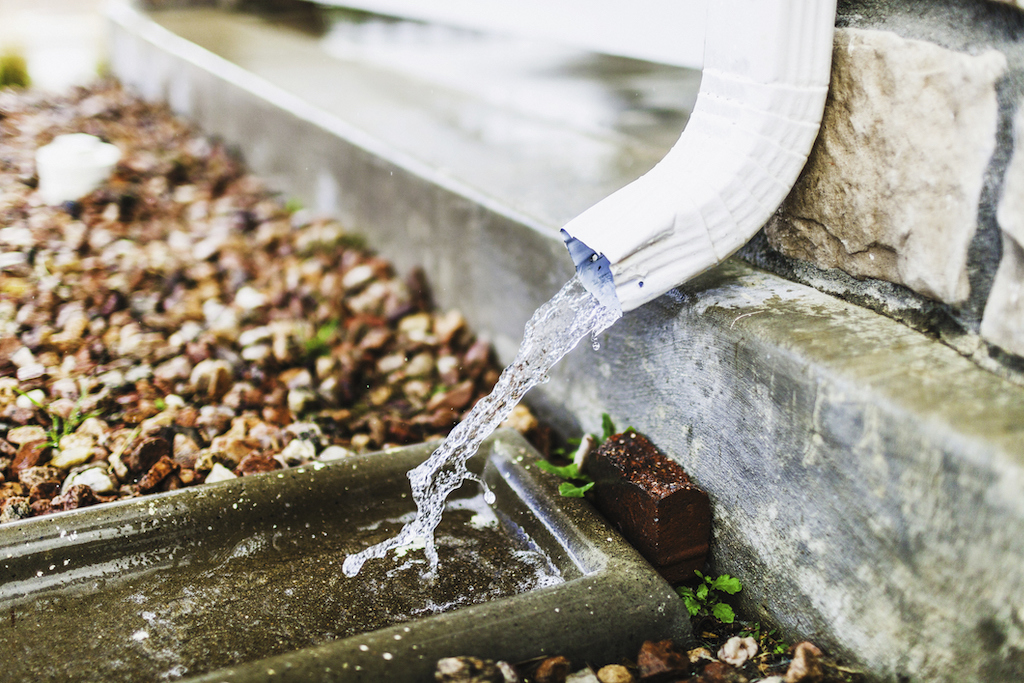
Photo By CatLane at iStock
Impact of Climate Change on Roof Drain Design
Increased Rainfall Intensity
As climate change leads to more frequent and intense rainstorms, roof drain systems must be designed to handle higher volumes of water.
This has led to the development of larger-capacity drains and more sophisticated water management strategies to prevent overflow and structural damage.
Adaptation to Extreme Weather Events
The increasing occurrence of extreme weather events, including heavy snowfall and hurricanes, requires roof ducts to be more robust and resilient. This has influenced the design of more durable systems that can withstand the additional strain from these events.
Sustainable Water Management
With the growing emphasis on sustainability, roof duct designs are increasingly incorporating rainwater harvesting capabilities. This not only helps manage runoff more effectively but also provides an eco-friendly water source for landscaping and other non-potable uses.
Regulatory Considerations
Changes in building codes and regulations are reflecting the need for more effective water management solutions.
Homeowners and builders must stay informed about these regulations to ensure their roof duct systems comply with the latest standards for water efficiency and environmental impact.
The advancement of roof duct technologies and the impact of climate change are reshaping the way homeowners approach roof ducts.
By adopting innovative solutions and adapting to environmental changes, you can ensure your roof drain system offers optimal protection for your home. Staying informed about these developments will help you make educated decisions that enhance the efficiency, sustainability, and resilience of your roof duct system.
Here’s everything else you need to know about maximizing the efficiency of your roof drain system and ensuring your home stays dry and damage-free.
Case Studies and Real-World Applications of Roof Drain Systems
Exploring case studies and gathering insights from industry experts can provide valuable lessons on the effectiveness of well-designed roof duct systems.
These real-world examples highlight the importance of selecting and maintaining the right roof duct solution to protect homes from water damage.
Let’s delve into some success stories and expert advice that underscore the critical role of roof ducts in residential property management.
Success Stories
High-Rainfall Region Residence
In an area prone to heavy rainfall, a homeowner experienced recurrent flooding and water damage due to an inadequate roof drain system.
After consulting with drainage experts, they upgraded to a high-capacity, smart roof drain system designed to handle significant volumes of water. The new system included advanced strainers to prevent clogs and smart sensors to adjust water flow dynamically.
Since the upgrade, the homeowner has not experienced any flooding, even during extreme weather events, showcasing the system’s effectiveness in managing heavy rainfall.
Historic Home Renovation
A historic home with a flat roof was undergoing renovation when the contractor identified the existing drainage system as a potential risk for water damage.
The renovation included the installation of a custom-designed roof duct system that preserved the home’s aesthetic while significantly improving water management. The updated system successfully prevented water accumulation, protecting the home’s structural integrity and valuable interior from potential damage.
Expert Insights
The Importance of Customization:
An industry expert specializing in roof drainage solutions emphasizes the importance of customizing the roof drain system to the specific needs of the property. “No two roofs are exactly alike, and understanding the unique challenges of each property is crucial for designing an effective drainage solution.
Factors such as roof size, slope, and local climate conditions must be considered to ensure optimal water management,” the expert advises.
Maintenance Is Key
Another expert highlights the importance of regular maintenance, stating, “Even the most advanced roof drain system can fail if not properly maintained.
Homeowners should conduct regular inspections and cleanings to prevent blockages and address any issues promptly. An ounce of prevention is worth a pound of cure, especially when it comes to protecting your home from water damage.”
Adapting to Climate Change
Reflecting on the impact of climate change, a climate resilience specialist notes, “As we see more frequent and intense rainstorms, the demand on roof duct systems increases.
Consider future climate scenarios when designing and installing roof ducts to ensure they remain effective in the face of changing weather patterns.”
These case studies and expert insights illustrate the critical importance of selecting, installing, and maintaining the right roof duct system.
By learning from successful implementations and heeding the advice of industry professionals, homeowners can ensure their properties are well-protected against water damage, regardless of the weather challenges they may face.
Bluefrog Home Services of New Orleans: Your Go-to Roof Drain Experts
Bluefrog Home Services of New Orleans stands out as a premier provider of roof drain installation, maintenance, and repair services.
With a deep understanding of the challenges faced by homeowners, especially in a city known for its unique architectural styles and heavy rainfall, Bluefrog offers tailored solutions that ensure your home remains dry and damage-free.
Let’s explore how Bluefrog can address your roof gutter needs with their expertise and exceptional customer service.
How Bluefrog Can Help
Expert Installation
Bluefrog’s team of professionals specializes in the installation of advanced roof gutter systems suited to the specific needs of your property.
Whether you’re dealing with a historic home or a modern residence, they have the expertise to ensure your roof duct system is installed for optimal performance.
Comprehensive Maintenance
Understanding the importance of regular maintenance, Bluefrog offers comprehensive service plans designed to keep your roof ducts functioning efficiently.
Their maintenance services include cleaning, inspection, and the prompt addressing of any issues to prevent water damage.
Custom Solutions
Recognizing that every home is unique, Bluefrog provides custom drainage solutions that consider your home’s architectural style, roof layout, and the local climate. This personalized approach ensures the most effective water management for your property.
Emergency Services
In the event of a sudden drainage failure or damage, Bluefrog is ready to respond with emergency repair services. Their quick response can be crucial in preventing significant water damage to your home.
For homeowners in New Orleans, LA, Harvey, LA, Timberlane, LA, and the surrounding areas, Bluefrog Home Services is your go-to expert for all roof drain needs.
To learn more about their services, view customer reviews, or schedule a consultation, visit their Google My Business page: Bluefrog Home Services of New Orleans.
Don’t let water damage threaten the safety and comfort of your home. Contact Bluefrog Home Services of New Orleans today at 504-229-4848 to ensure your roof duct system is in top condition.
Whether you need a new installation, routine maintenance, or emergency repairs, Bluefrog’s team of experts is ready to provide you with the best solutions tailored to your home’s specific needs.
Protect your investment with the help of Bluefrog Home Services, where quality workmanship and customer satisfaction are always our top priorities.
Conclusion
Throughout this comprehensive exploration of roof duct systems, we’ve underscored the critical role they play in safeguarding homes from the potentially devastating effects of water damage.
From selecting the right type of drain for your specific needs to understanding the importance of professional installation and the necessity of regular maintenance, it’s clear that a well-designed roof duct system is indispensable.
We’ve also delved into innovative technologies and the impact of climate change on roof duct design, offering insights into how homeowners can adapt to these challenges.
Remember, the key to preventing water damage lies in proactive measures—regularly assessing and upgrading your roof drain system to ensure it meets the highest standards of efficiency and reliability.
By taking these steps, you can protect your home, maintain its structural integrity, and provide peace of mind for yourself and your loved ones.
We encourage you to share your experiences with roof duct systems in the comments below. Have you faced challenges with water management on your property?
How have you addressed them? Your stories can provide valuable insights and help others in our community make informed decisions about their roof duct needs.

Photo By spawns at iStock
FAQs
1.What is the best type of roof drain for a flat roof?
The best type of roof drain for a flat roof is typically an inner drain system, which is designed to collect water from the roof’s surface and channel it away through the building’s internal plumbing system.
2.How often should roof drains be inspected and cleaned?
Roof drains should be inspected and cleaned at least twice a year, ideally in the spring and fall.
3.Can I install a roof drain system myself, or should I hire a professional?
While it’s possible for a homeowner with DIY experience to install a roof gutter system, hiring a professional is generally recommended.
4.What are the signs that my roof drain is not functioning properly?
Signs that a roof gutter is not functioning properly include water pooling on the roof, slow drainage during rainstorms, visible damage to the drain or connected piping, and water marks or dampness on interior ceilings and walls.
5.How do roof drains prevent water damage to my home?
Roof gutters prevent water damage by efficiently collecting and directing water away from the roof and building structure.
6.Are there eco-friendly roof drain options?
Yes, there are eco-friendly roof duct options available, including drains made from recycled materials and systems designed to facilitate rainwater harvesting.
7.What is the average cost of installing a new roof drain system?
The average cost of installing a new roof duct system can vary widely depending on the size of the roof, the type of system installed, and regional labor costs.
8.How do I choose the right size of roof drain for my home?
Choosing the right size of roof drain involves considering the size of your roof, the average rainfall in your area, and the capacity of the drainage system.
9.Can roof drains be repaired, or do they need to be replaced?
Many issues with roof ducts, such as clogs or minor damage, can be repaired.
10.What should I do if my roof drain overflows during heavy rain?
If your roof duct overflows during heavy rain, first ensure that the drain is not clogged with debris
Read our previous blog post.
Check out this tip!
Manny Mitten


